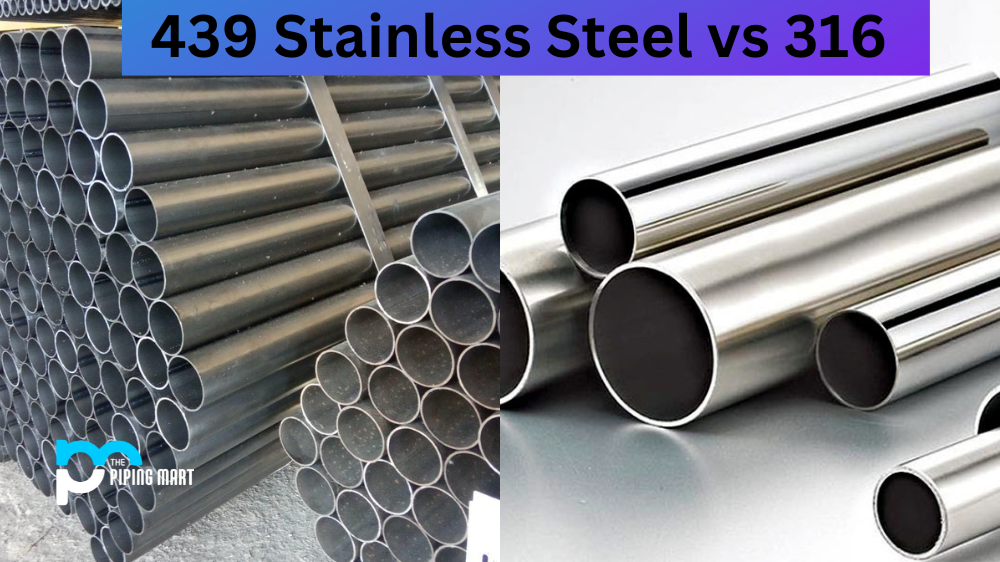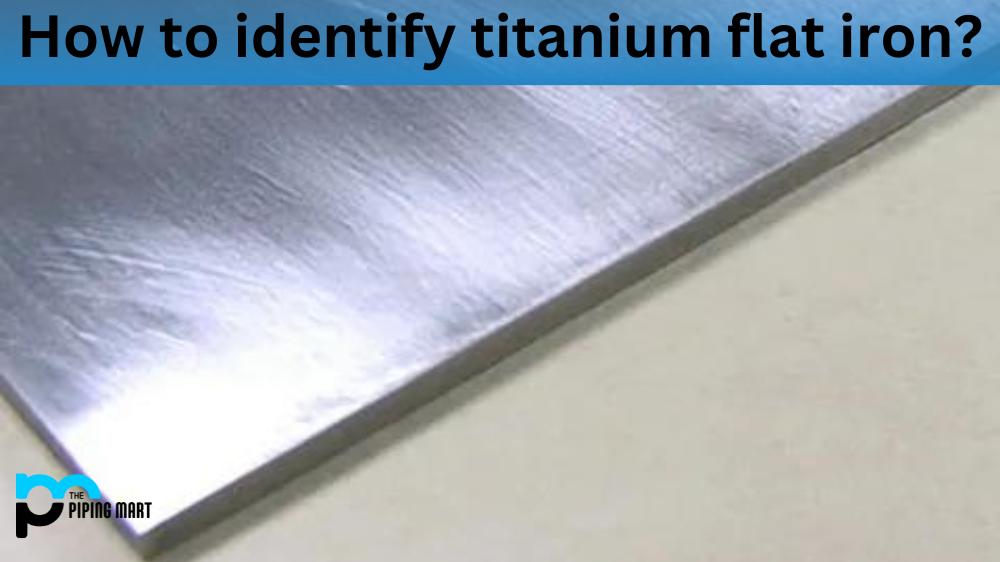Stainless steel is an alloy with high corrosion resistance, making it an ideal material for various applications. It is categorised into different grades, and two of the most commonly referenced grades are 439 and 316. Although both are popular in different industries, they have several differences that you should be aware of before choosing the grade for your next project. This blog post offers insights into the features of 439 stainless steel and 316 and recommends the most suitable grade for different applications.
Difference Between 439 Stainless Steel and 316
Composition
439 stainless steel is ferritic, while 316 is an austenitic type of stainless steel. The difference in their microstructure makes them different in mechanical and physical properties. 439 stainless steel comprises 17% chromium and 0.12% molybdenum, whereas 316 stainless has 16-18% chromium and 2-3% molybdenum. Due to the additional molybdenum, 316 has stronger corrosion resistance to chloride compared to 439.
Corrosion Resistance
Adding molybdenum in 316 stainless steel gives it superior corrosion resistance against chlorides, acids, and alkalis. This property makes 316 stainless steel desirable for marine applications like boats, propellers, and saltwater pipe fittings. On the other hand, 439 stainless steel has lower corrosion resistance, making it more suitable for low-cost applications like exhaust systems.
Heat Resistance
439 stainless steel has excellent heat resistance and can withstand temperatures up to 815°C (1500°F), higher than 316, which can only handle temperatures up to 760°C (1400°F). Depending on the application, selecting the right grade of stainless steel can guarantee the desired performance.
Cost
The price of stainless steel is essential when selecting stainless steel for your application. 439 stainless steel is cost-effective and provides a high-quality finish but is less corrosion-resistant than its 316 counterparts. Therefore, 439 stainless is suited for low-cost applications. 316 stainless is expensive, but its superior corrosion resistance makes it ideal for harsh environments.
Conclusion
439 stainless steel and 316 are popular grades of stainless steel with different properties. 439 stainless is a cost-effective option with excellent heat resistance but lower corrosion resistance than 316 stainless steel. 316 stainless, on the other hand, has superior corrosion resistance and is perfect for harsh environments like marine applications, but it is more expensive than 439. Understanding the properties of these two grades of stainless steel enables you to make informed decisions when selecting the appropriate grade for your application.




